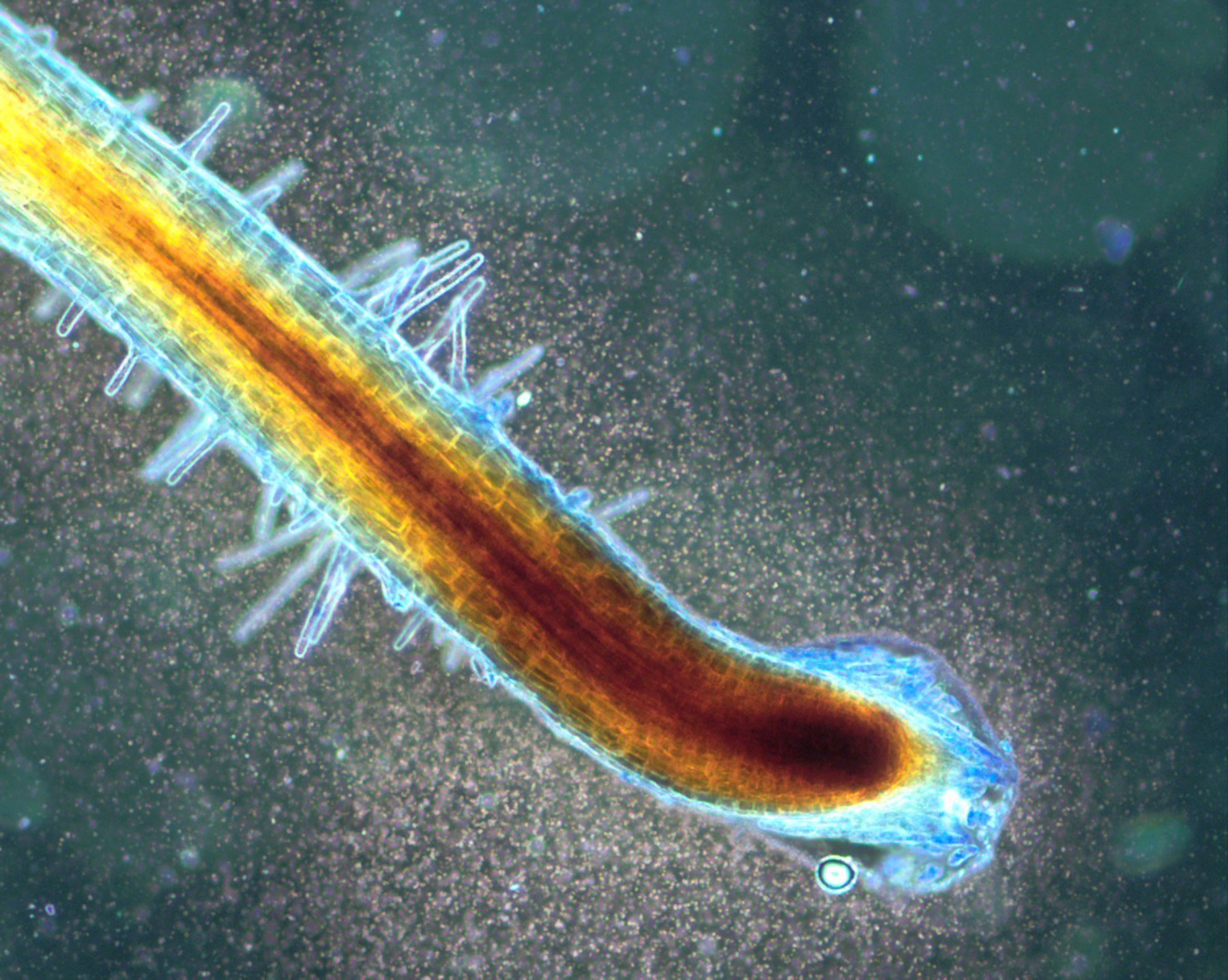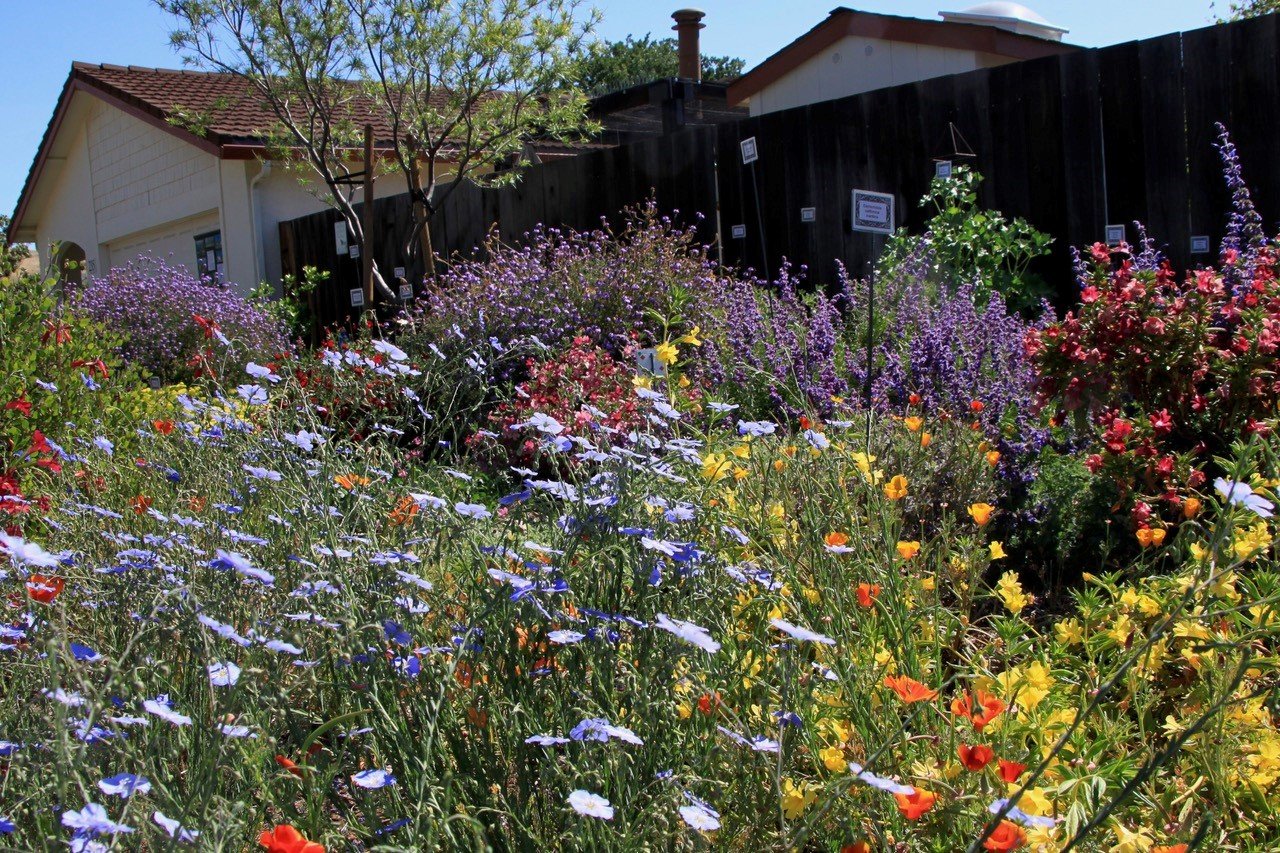
Teaming with Bacteria Book Excerpt: The Rhizophagy Cycle

Contributor
- Topics: Growing for Biodiversity
Fall 2022
 Until the discovery of the rhizophagy cycle, the story of how plants get their nutrients looked like this: plant exudates attract and support particular soil bacteria and fungi; these in turn attract and are eaten by nematodes and protozoa; the resultant waste products are nutrients in plant-usable form. This soil food web model, codified in the USDA’s Soil Biology Primer, answered a lot of questions for gardeners (such as why rototilling and sterilizing soil are bad practices) and changed gardeners’ understanding of organics.
Until the discovery of the rhizophagy cycle, the story of how plants get their nutrients looked like this: plant exudates attract and support particular soil bacteria and fungi; these in turn attract and are eaten by nematodes and protozoa; the resultant waste products are nutrients in plant-usable form. This soil food web model, codified in the USDA’s Soil Biology Primer, answered a lot of questions for gardeners (such as why rototilling and sterilizing soil are bad practices) and changed gardeners’ understanding of organics.
It turns out, however, that there is more to the story. Plants also eat bacteria and some yeast-type fungi for nutrients. This is rhizophagy. It was going on when the soil food web was discovered, but it took new microscopic equipment—confocal laser scanning microscopy (CLSM)—to see rhizophagy in action. Time to revisit how the soil food web operates.
A new model
The previous version of the soil food web portrayed plants as farmers. They prepare soil with exudates, grow bacterial and fungal populations, and wait for nematode and protozoal activity to release nutrients contained in the bacteria and fungi. The plants then take up this harvest of nutrients from the soil.
Under the new model of the soil food web, plants still farm the soil, but they maintain flocks of bacteria too. These are rounded up and corralled just inside root meristem cell walls. There, the bacterial walls are shorn off and absorbed by the plant as nutrients. In response, the bacteria produce nitric oxide to protect themselves; this is a further boon, supplying the plant with nitrogen. Then the plant causes the bacteria to multiply. Finally, the plant grows a root hair and puts the flock of bacteria back out to pasture to get ready for the next season’s shearing.
Ah, but there is more. The wall-less bacteria graze in the soil, regrow their walls, and continue to multiply. Once they fatten up, the plant rounds them up again, and back into the meristem corrals they go—for another shearing and harvest of nitrogen.

A single trip by a bacterium—into a root meristem cell and out through a newly formed root hair—takes a couple of days or so, during which time the plant obtains some of its nutrients by eating parts of these nitrogen-producing bacteria, intracellularly. These internally derived nutrients supplement the nutrient ions that diffuse into the plant from the soil, as per the traditional soil food web model.
The plant isn’t the only one that benefits from this newly described rhizophagy cycle. The bacteria get a boost in population, and maintaining teeming populations are what bacteria are all about. Of course, the plant also ends up with more bacteria out in the soil to tap for nutrients, via soil diffusion and the rhizophagy cycle.
Plants, then, are bacterivores. And they consume many different kinds of bacteria, which makes sense given the diversity and numbers of bacteria in the rhizosphere. Very often one plant cell will cycle more than one kind of bacteria.
This is a good time to reemphasize the difference between the plural (many bacteria) and the singular (a single bacterium). It is natural to visualize a bacterium (neatly labeled), starting through the rhizophagy cycle by itself and then multiplying until there are enough to be released back into the soil. That is not how it works. It isn’t one bacterium that enters a plant meristem cell, there are lots, hundreds. Think people in a public pool on a nice summer’s day, not a lone kid or two in a backyard splash pad.

Surprise!
The notion of bacteria entering a plant, only to be eaten, is surprising, but why? Fungi enter plant roots. Why wouldn’t bacteria do what their mycorrhizal cousins do? And just as they do outside in the soil, why wouldn’t some bacteria be involved in feeding plants endophytically as well?
Many of us have been using endophytic bacteria that feed plants internally for years. We roll legume seeds in nitrogen-fixing rhizobia and seeds in the appropriate mycorrhizal fungi. We use compost full of bacteria and apply bacteria-laden aerated compost teas. So why does the existence of the rhizophagy cycle surprise us?
After all, the nitrogen supplied by rhizophagy bacteria is sort of like that supplied by rhizobia bacteria, only there is no nodule. Similar nitrogen-fixing relationships occur between Frankia (an actinomycete genus) and trees and shrubs in several families—birch (Betulaceae), oleaster (Elaeagnaceae), oaks and beeches (Fagaceae), bayberry (Myricaceae), and roses (Rosaceae) in particular. These plants could not survive without the nitrogen supplied by the actinomycetes in root nodules. Rhizophagy supplies nitrogen—but skips the hassle of nodulation.
Rhizobia symbiotic relationships are long-term, however; once rhizobia and Frankia spp. locate in their nodules, they remain for life. The rhizophagy cycle is different: participating bacteria alternate between being free-living and endophytic. This raises a question: which system operated first, the production of food in the soil or rhizophagy? And how are these two processes related? After all, they use the same bacteria. In fact, some of them might even feed the plant via rhizophagy and then end up in the soil, feeding the plant as part of the traditional soil food web model.

A new term
Rhizophagy means “root-eating.” The word was coined in 2008 by Chanyarat Paungfoo-Lonhienne and her team at the University of Queensland. Working with roots of mouse-ear cress (Arabidopsis thaliana) and tomatoes (Solanum lycopersicum), they noticed roots took up the bacterium Escherichia coli and a yeast (Saccharomyces cerevisiae) and held them inside root meristem cells, where they were partially digested.
We now know more about rhizophagy—but not everything. The phenomenon the Australian team observed and named turned out to be cyclical and, apparently, critical for the growth of most plants, at least those that produce root hairs. They really stumbled on something fantastic, down under, and rhizophagy is now being studied all around the world.
Again, in simplest terms, many different kinds of free-living soil microbes enter root meristem cells. There, once their cell walls are removed, they produce nutrients, multiply, form a root hair, and are expelled into new soil. They then regrow their cell walls, pick up new nutrients, and repeat the journey. (And what a journey it is.)

Share:
Social Media
Garden Futurist Podcast
Most Popular
Videos
Topics
Related Posts

Voices of the West; New Science on Life in the Garden
Did you know that oaks can harbor over 800 species of insects? That includes only those feeding directly on oak, where they feed on every











Responses